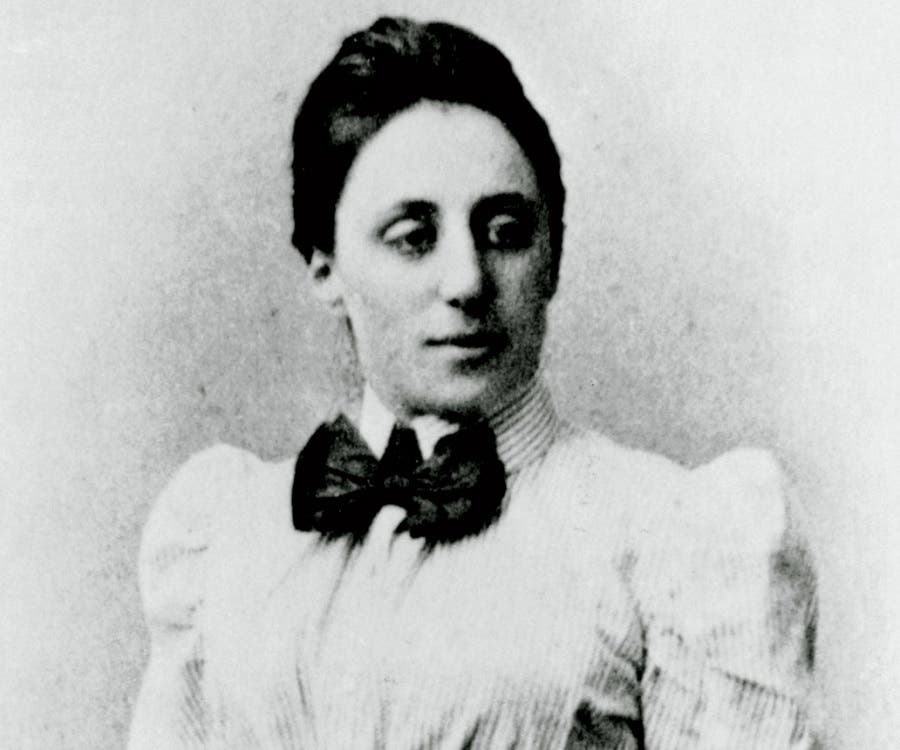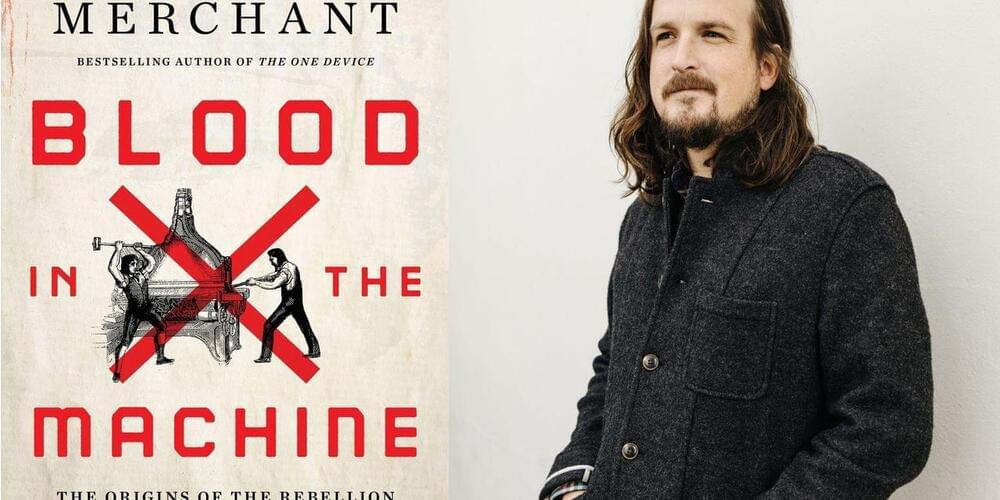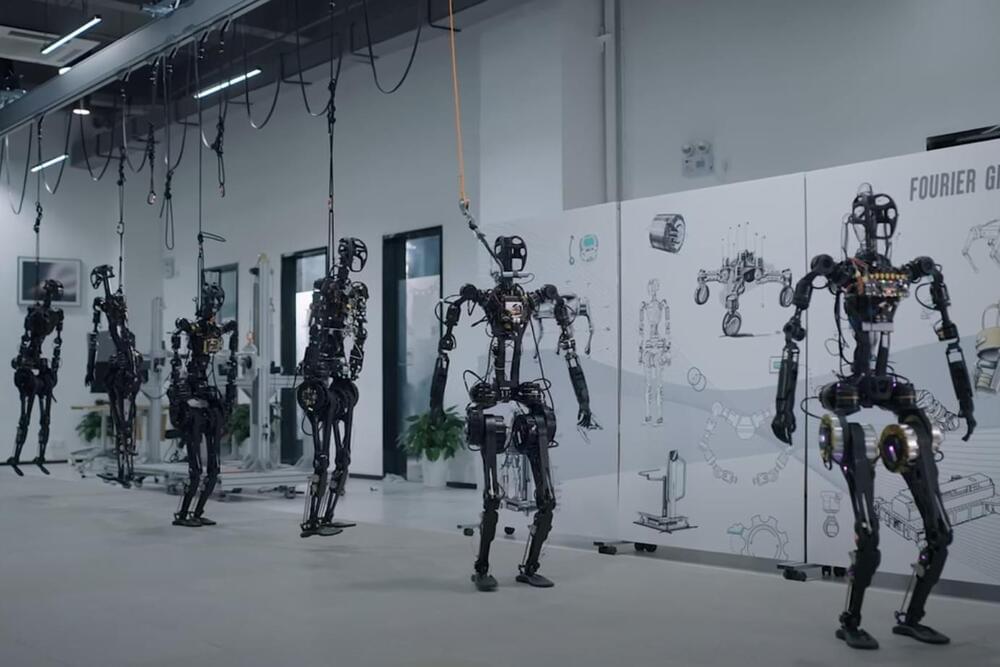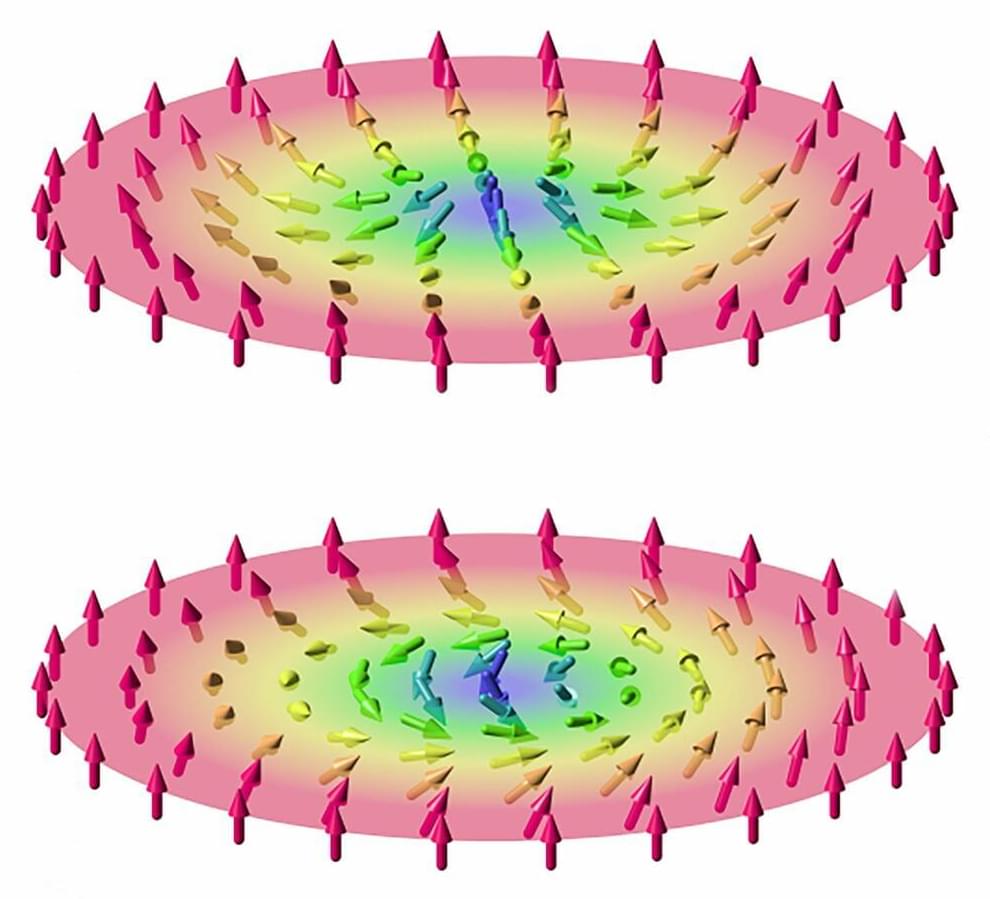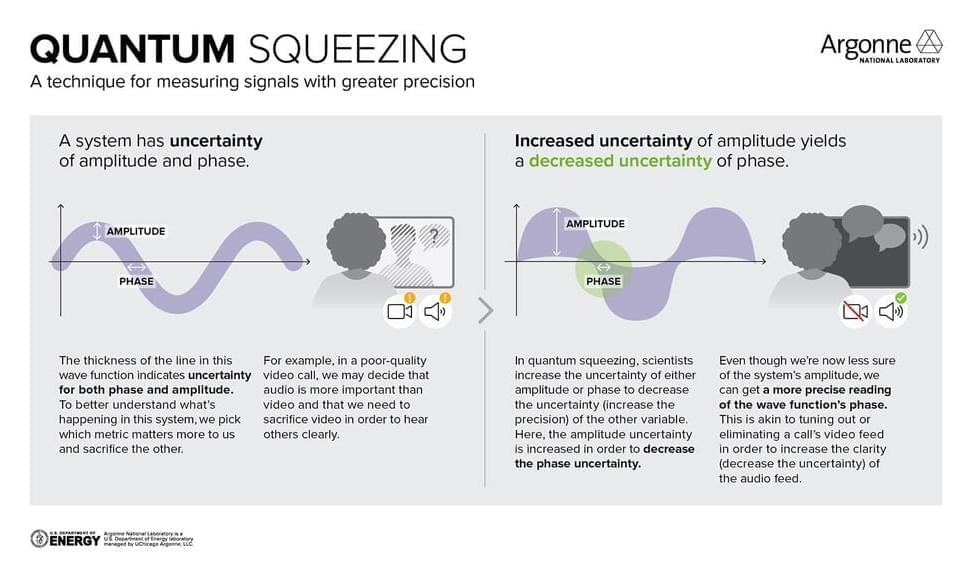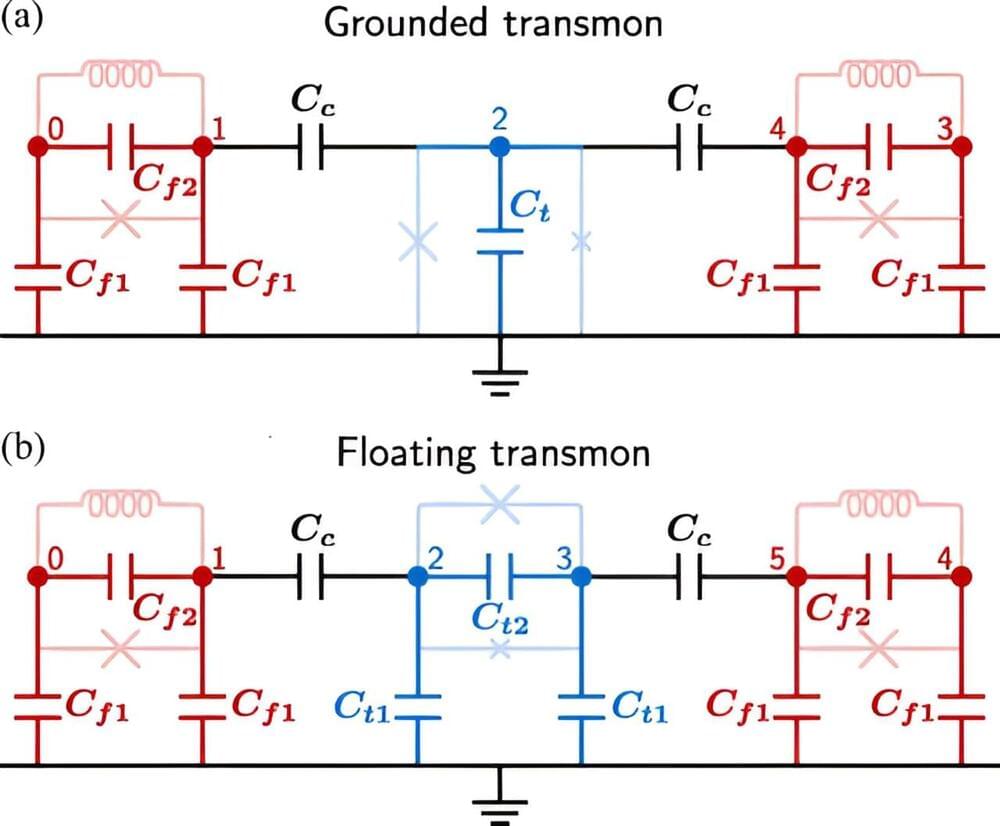Imagine a juggler tossing balls into the air. The art of juggling is a dance between motion and pause, where the ball’s speed slows as it ascends, and then quickens on the way down. This dance reveals one of the core tenets of physics: conservation laws.
Simply put, these laws tell us that certain features of our world, like energy, don’t just vanish; they transform from one form to another. In our juggling example, the energy of motion (kinetic energy) morphs into the energy of position (potential energy) and back again.
Conservation laws aren’t just limited to juggling, or even Earth for that matter. They’re universal principles, true across various fields of physics. Yet, they aren’t always straightforward.
